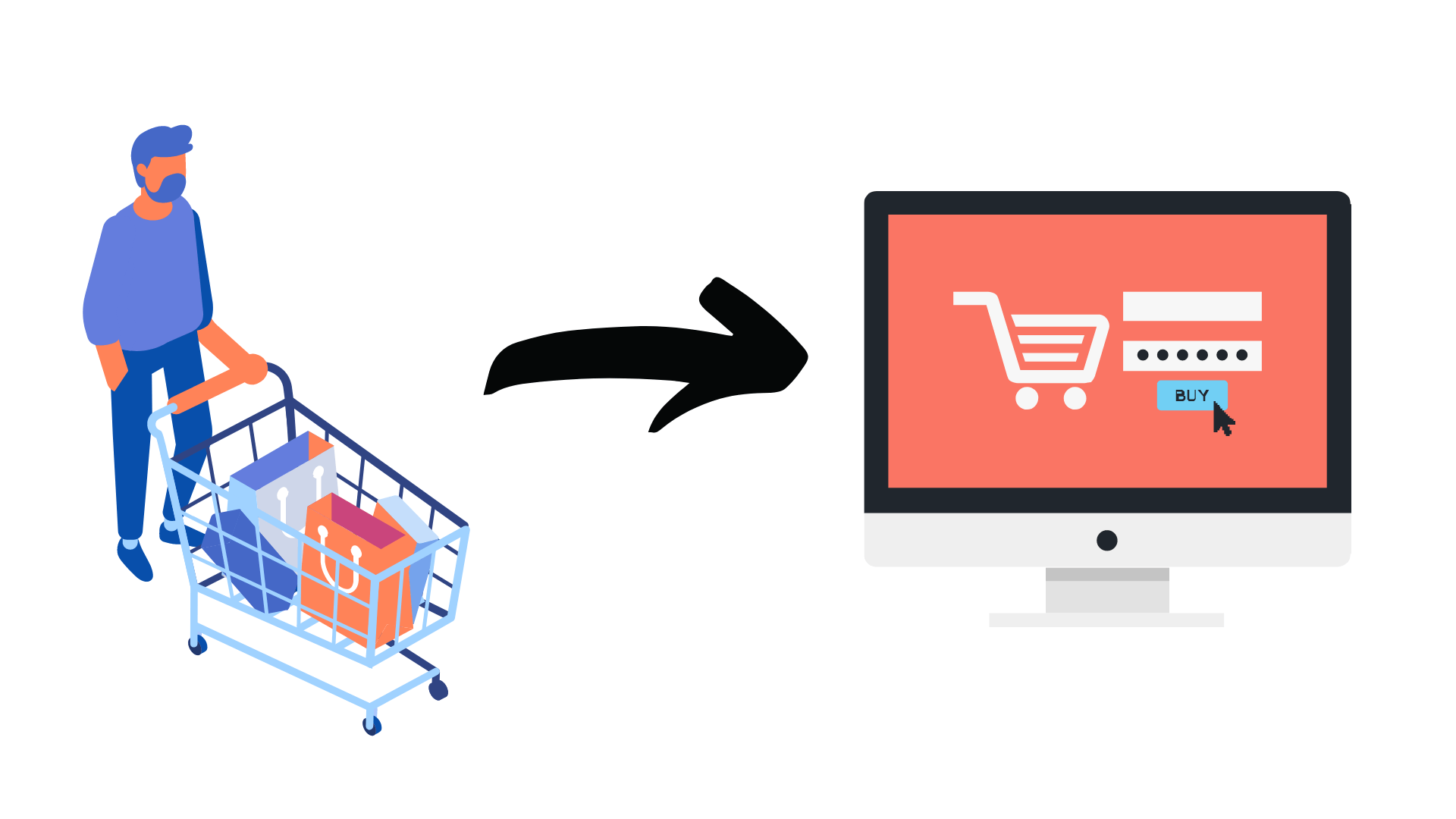One thing that we can all agree on is that there is no shortage of manufacturing challenges to solve on the plant floor. Furthermore, these last couple of years have definitely not made things any easier. On top of the challenges that manufacturers were already dealing with, Covid decided to make its grand entrance and further complicate everything.
For reference, here’s a short list of common challenges in the manufacturing industry:
- Lack of skilled workers
- Increasing competition
- Supply chain management
- Attracting new business
- Data
The last one is a little bit more complex than the rest. While data is a challenge for manufacturers, it’s also an important piece of a potential solution.
The Hero and Villain
Data is the hero of manufacturing. It grants manufacturers the ability to solve numerous challenges within the 4 walls of the plant floor. I’m not talking about an excel file you made or a piece of paper that gets passed around. I’m talking about real-time data, real-time visibility, modern manufacturing intelligence solutions that gather, contextualize, and deliver data to you without manual work. Systems and solutions that unlock the “hidden factory” and provide useful information to decision-makers. Enabling them to make data-driven decisions and take action in an extremely efficient manner.
That is why (and a little bit of the how) data is the hero, now this is why it’s also the villain. It’s the villain simply because 1. It can be challenging and intimidating for manufacturers to get started and become data-driven organizations, and 2. Leadership in some companies still believe that there is no need to innovate and change their process today because they have found some level of success in the past without it.
The truth is, data is the driver of Industry 4.0. Whether you like it or not, Industry 4.0 is ramping up and taking over. Companies that don’t want to change, may find themselves in a tough spot in the not-so-distant future.
Successful companies are Constantly Innovating
What extremely successful companies do you know about, who have not changed and innovated over the years?
Amazon started out selling books, now they sell just about everything. They introduced amazon prime, made one-click purchases, and have become one of the largest companies in the world. Walmart has been one of the most well-known stores, and now today they have established a massive online presence. Furthermore, they have recognized that shoppers are looking for more convenience. Consequently, they teamed up with Instacart so that shoppers can order groceries online and get them delivered to their front door.
The point is, these companies recognized opportunities to innovate and took advantage. They didn’t say to themselves that “what we’re already doing has worked in the past, so why wouldn’t it keep working today?”
Neither of these companies or others such as Tesla, Microsoft, or Apple would be what they are today if they did not continue to innovate.
This is the mindset manufacturers must have especially now as the industry is transitioning from industry 3.0 to industry 4.0. Historically, 11 out of 12 manufacturing companies have either been bought out or gone out of business as the next industrial revolution takes place. You don’t want to be in that group as the industry makes its next transition!
Implement Real-Time Data as a Part of Your Digital Strategy to solve Manufacturing Challenges on the Plant Floor
Constantly innovate, and constantly look for ways to improve. Today, manufacturers have access to solutions, systems, and information that was never available before. You have the ability to efficiently extract extensive amounts of data from every person, machine, and process on the plant floor by implementing an IIoT or MES solution.
However, this is only the first step.
You have to view this as a strategy, not a single project. Your overall digital strategy goes much further than just implementing the proper technologies. Establishing and sticking to a well-thought-out digital strategy is the key to successfully transitioning from industry 3.0 to industry 4.0, as well as successfully leveraging today’s technologies to solve manufacturing challenges on the plant floor.
for more in-depth information on digital strategies, check out this great article.







